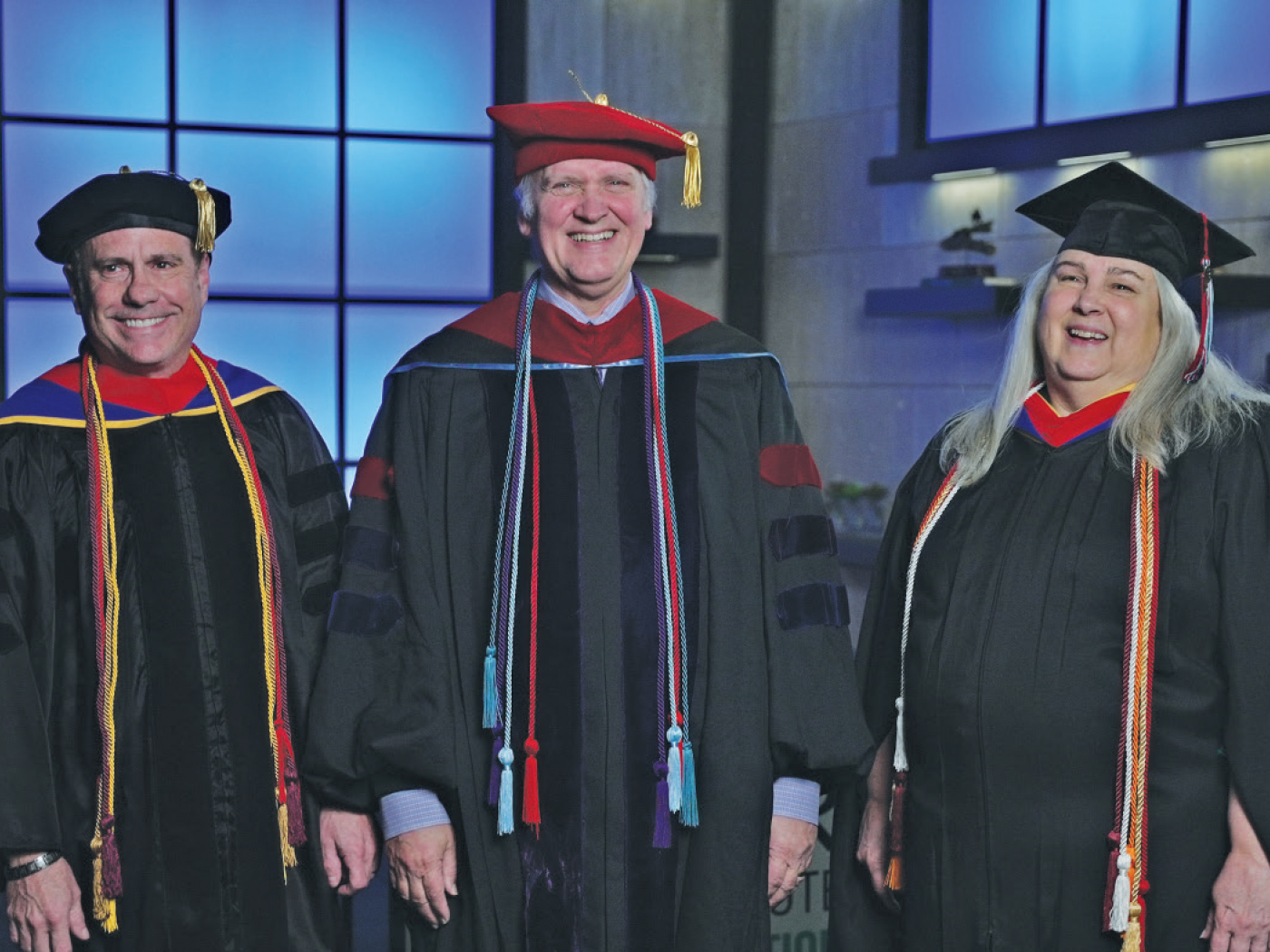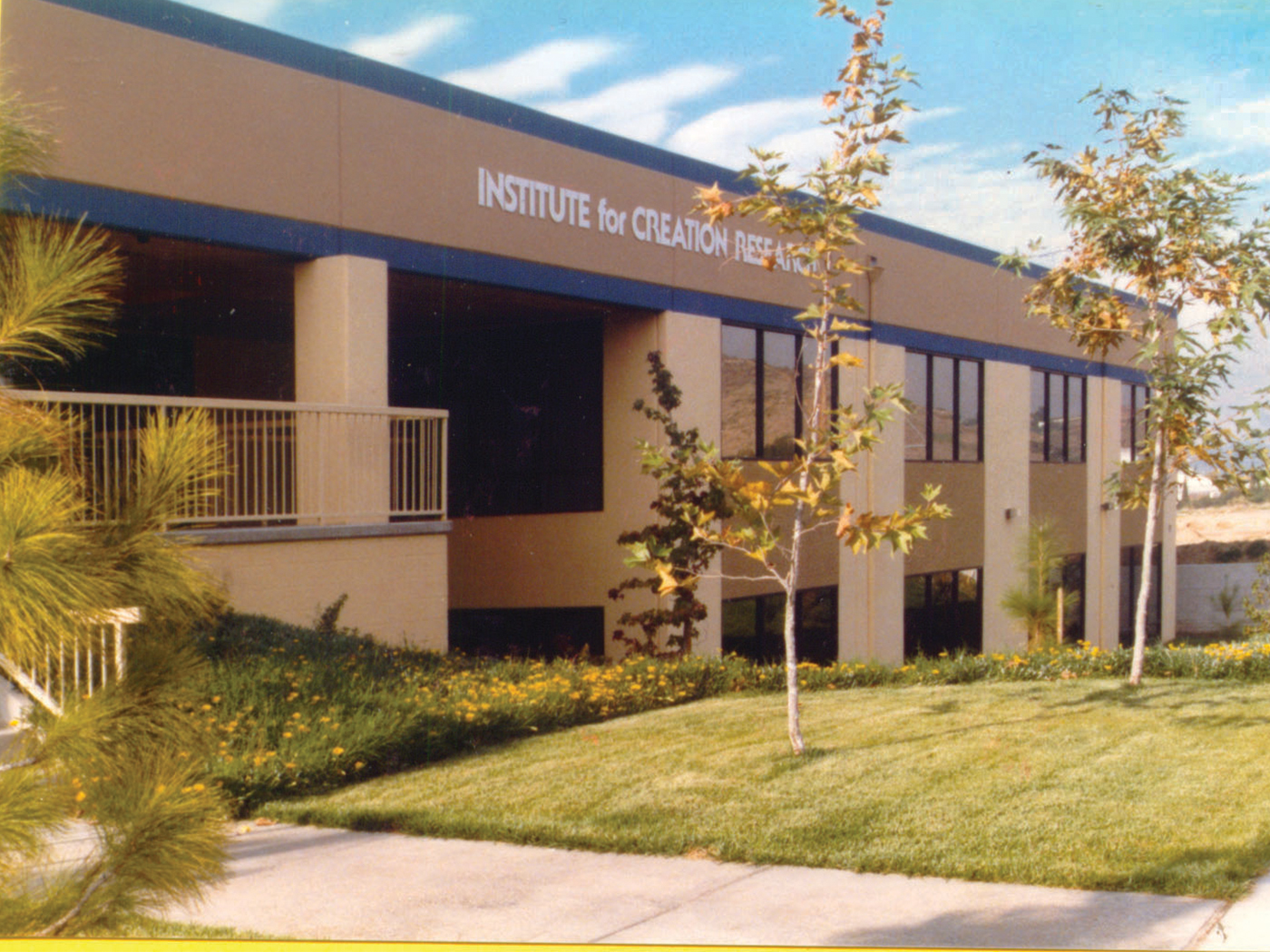Bacteriophages are non-living yet specialized viruses that hijack cells to clone more viruses. In this way, they help to maintain balanced bacterial populations. When a new “phage” is assembled within a host cell, it is faced with a difficulty—how to package its DNA, which is 1,000 times longer than the diameter of its capsid, the tiny vessel that holds it. Research in 2007 revealed that this is accomplished by a molecular motor.1
The amount of force this motor exerts is 6 x 10-11 Newtons, making it the most powerful of all known molecular motors and twice as powerful as a car engine, relative to its size. It guzzles fuel at the rate of 300 ATP (adenosine triphosphate) energy molecules per second.2 (Since it essentially steals all this ATP from its host, efficiency is not an issue.)
The bacteriophage motor also has gears, a handy feature when DNA needs to be unraveled before packaging. Douglas Smith of the University of California in San Diego said in 2007, “It is the equivalent of reeling in and packing 100 yards of fishing line into a coffee cup, but the virus is able to package its DNA in under five minutes.”3
The December 26, 2008, edition of the journal Cell reported on the nuts and bolts of the viral DNA packaging motor.4 It consists of five proteins in a ring that wraps around the DNA strand. Each protein takes its turn, running counterclockwise, to shove two DNA bases at a time into its capsid. Each of the five proteins goes through a sequence of events: binding ATP (enabled by the exact placement of a specific amino acid, arginine), binding the DNA, cranking the DNA upward, then releasing and resetting.
A famous twentieth-century evolutionist, J. B. S. Haldane, once said in a debate that evolution could not possibly form “various mechanisms, such as the wheel and magnet, which would be useless till fairly perfect.”5 In the 60 years since this statement was made, biological magnets, wheels, and motors—including the viral DNA packing motor—have been described in considerable detail. Since none of these finely-tuned biological features could have been invented by any natural means, they must have come from a supernatural One.
References
- Fuller, D. N. et al. 2007. Single phage T4 DNA packaging motors exhibit large force generation, high velocity, and dynamic variability. Proceedings of the National Academy of Sciences. 104 (43): 16868-16873.
- Sarfati, J. 2008. By Design. Powder Springs, GA: Creation Book Publishers, 143.
- Seethaler, S. Powerful Molecular Motor Permits Speedy Assembly of Viruses. University of California, San Diego press release, October 29, 2007.
- Sun, S. et al. 2008. The Structure of the Phage T4 DNA Packaging Motor Suggests a Mechanism Dependent on Electrostatic Forces. Cell. 135 (7): 1251-1262.
- Dewar, D. 1949. Is Evolution a Myth? A Debate between D. Dewar and L. M. Davies vs. J. B. S. Haldane. London: Watts & Co. Ltd, 90. Quoted in Sarfati, By Design, 86.
* Mr. Thomas is Science Writer.
Article posted on January 9, 2009.












